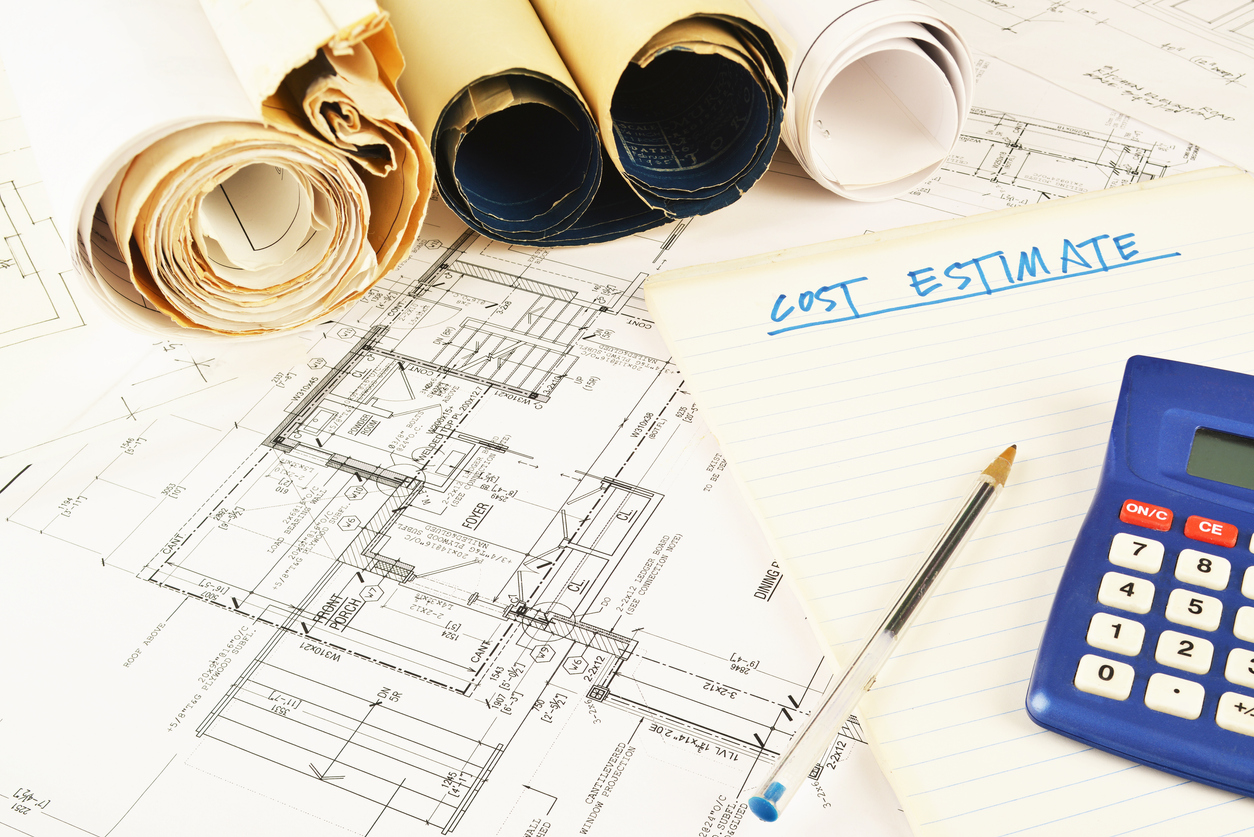The rising costs of construction materials is a serious threat to policyholders in 2021. This rise is well documented at this point, but it is one thing to notice the trend and another to consider its implications.
According to an Associated Builders and Contractors analysis of Bureau of Labor Statistics data, lumber prices have risen by 73% since April of last year. This change has led the average price of a single-family home to increase by approximately $36,000. Just as recently as May 5, 2021, reporting indicates that lumber prices hit $1,600 per thousand board feet for the first time in history.
These drastic increases are not exclusive to lumber. Iron and steel products have seen a 15% increase in just a year. Steel mill products are at just over 7% and fabricated structural metals are sitting at 3%. The pandemic is surely a driving force behind these changes, and the supply and demand chain is being stretched thin by contractors hoarding necessary materials in order to maintain their building schedules.
For policyholders, these rising construction costs have a significant impact on claims handling. Coverage limits must rise in order to ensure full recovery on a house needing significant repairs or a full rebuild after a loss. Without adjusting their limits to meet the construction inflation, policyholders risk being severely underinsured. Tools and other equipment have also seen rises in cost, meaning policyholders should revise their personal property contents list to ensure they have accurate pricing information in the event of damage to these items.
Another policy item to consider is the type of loss settlement you have – Actual Cash Value replacement (depreciated) or Replacement Cost. What may have worked for homeowners in the past may need to be adjusted in order to offset the risk associated with the trends in the construction industry.
We recommend speaking with a contractor to determine the cost of repairs and rebuilding associated with your home’s structure. After that, consult with your insurance agent to determine how your policy should be adjusted to best suit the current construction market. It is always best to be prepared for the worst, and policyholders must be proactive in altering their policy to reflect what is being seen across the insurance and construction industries.




